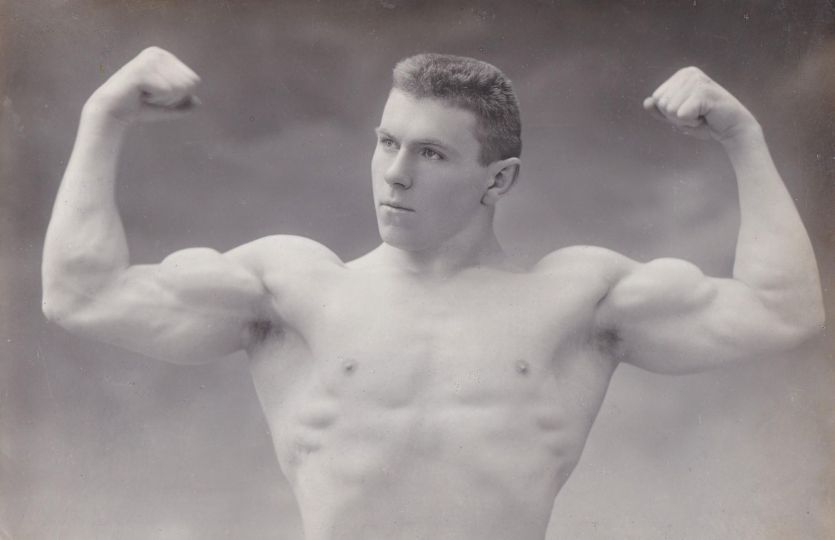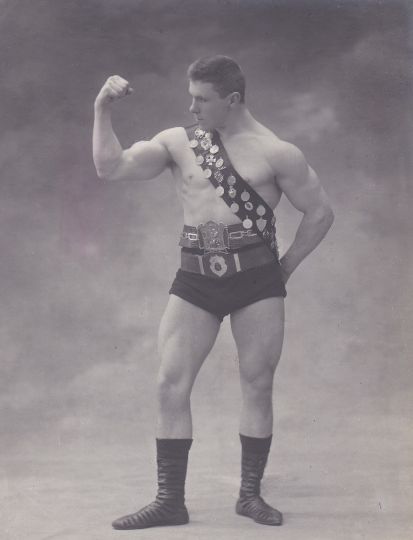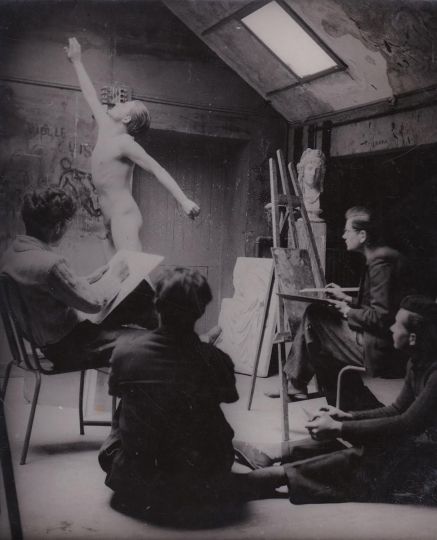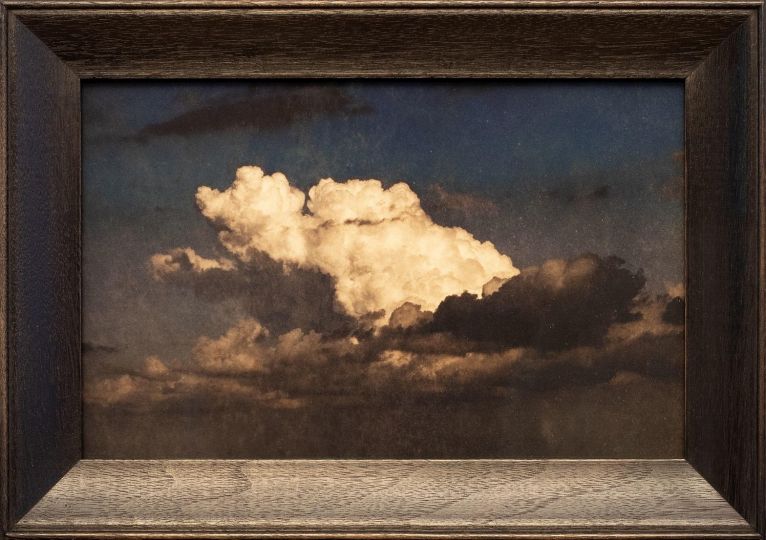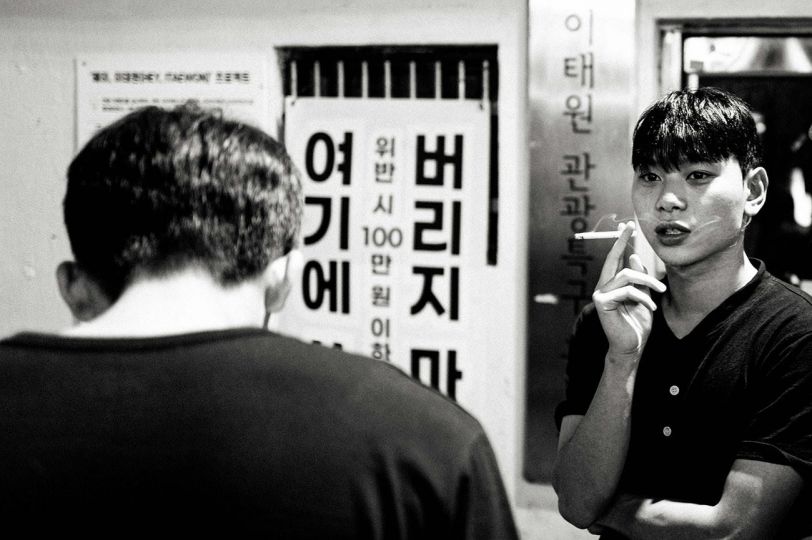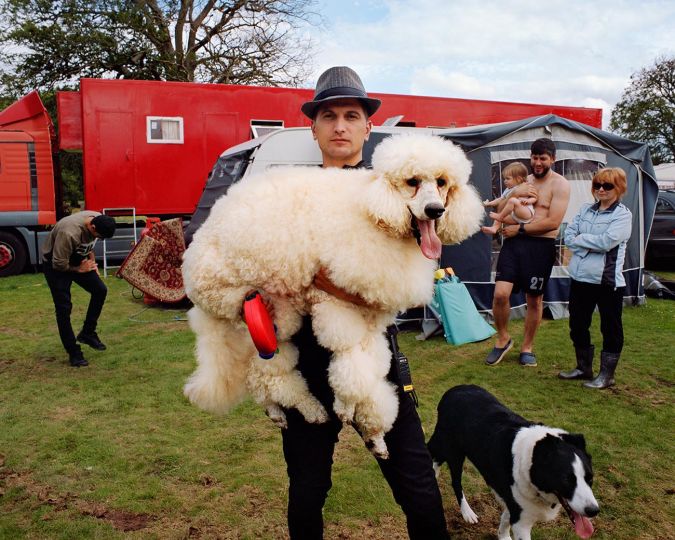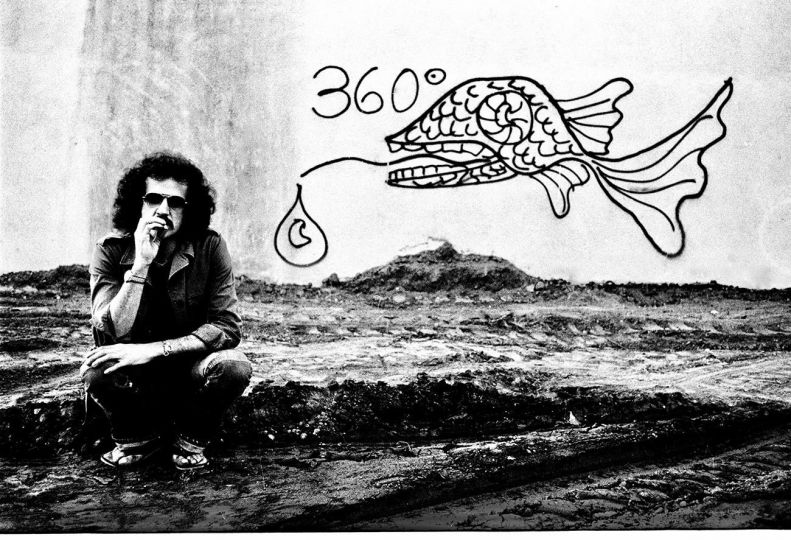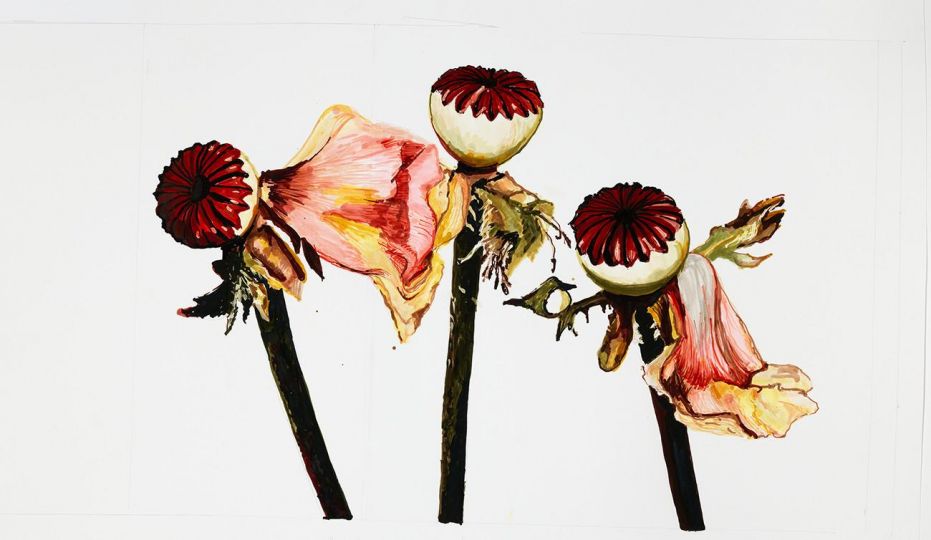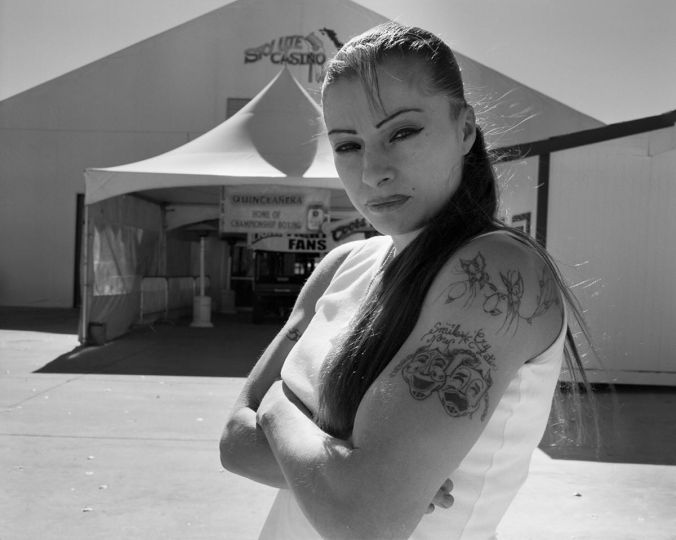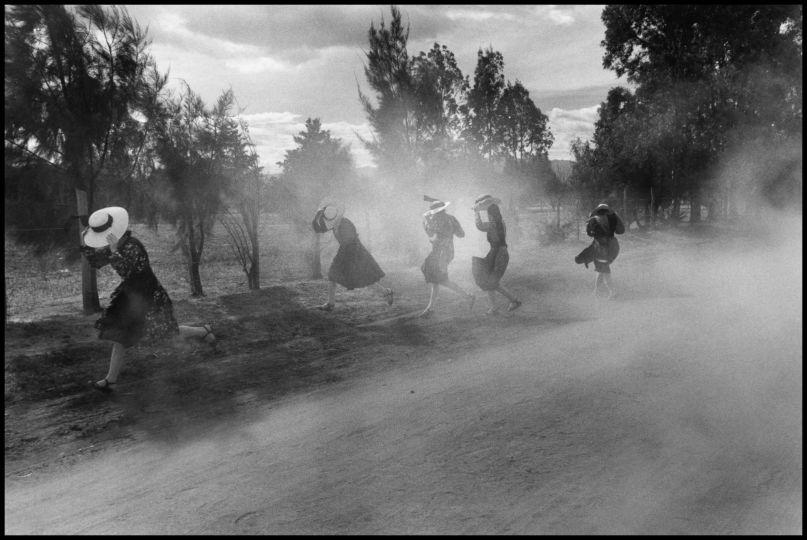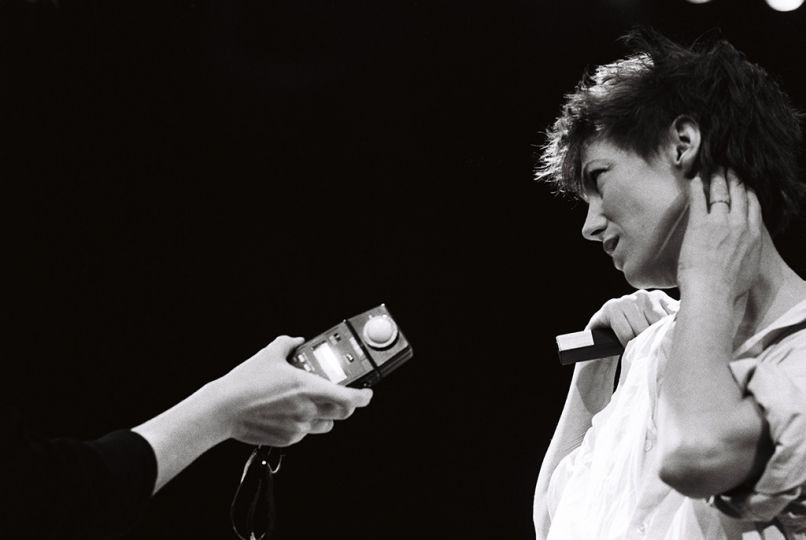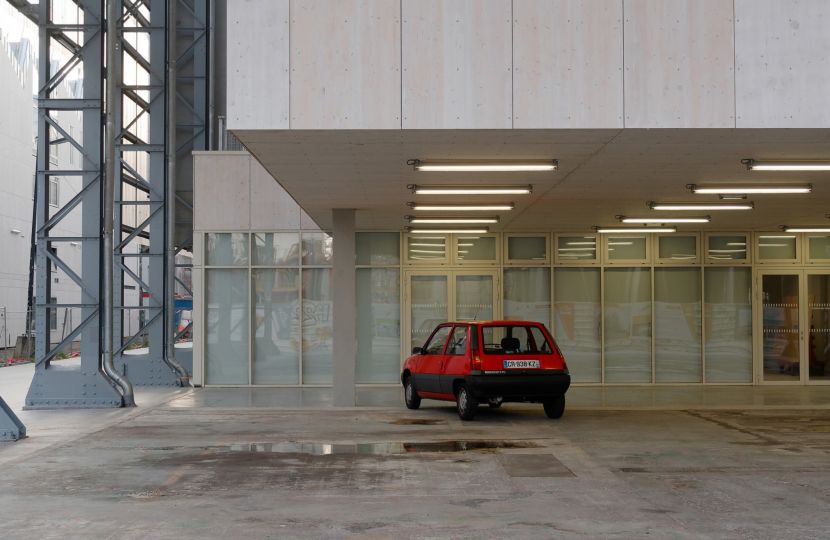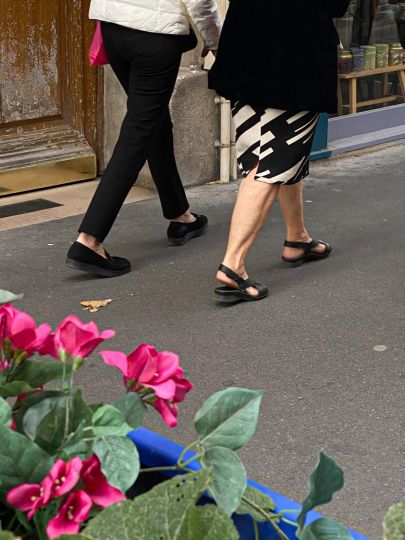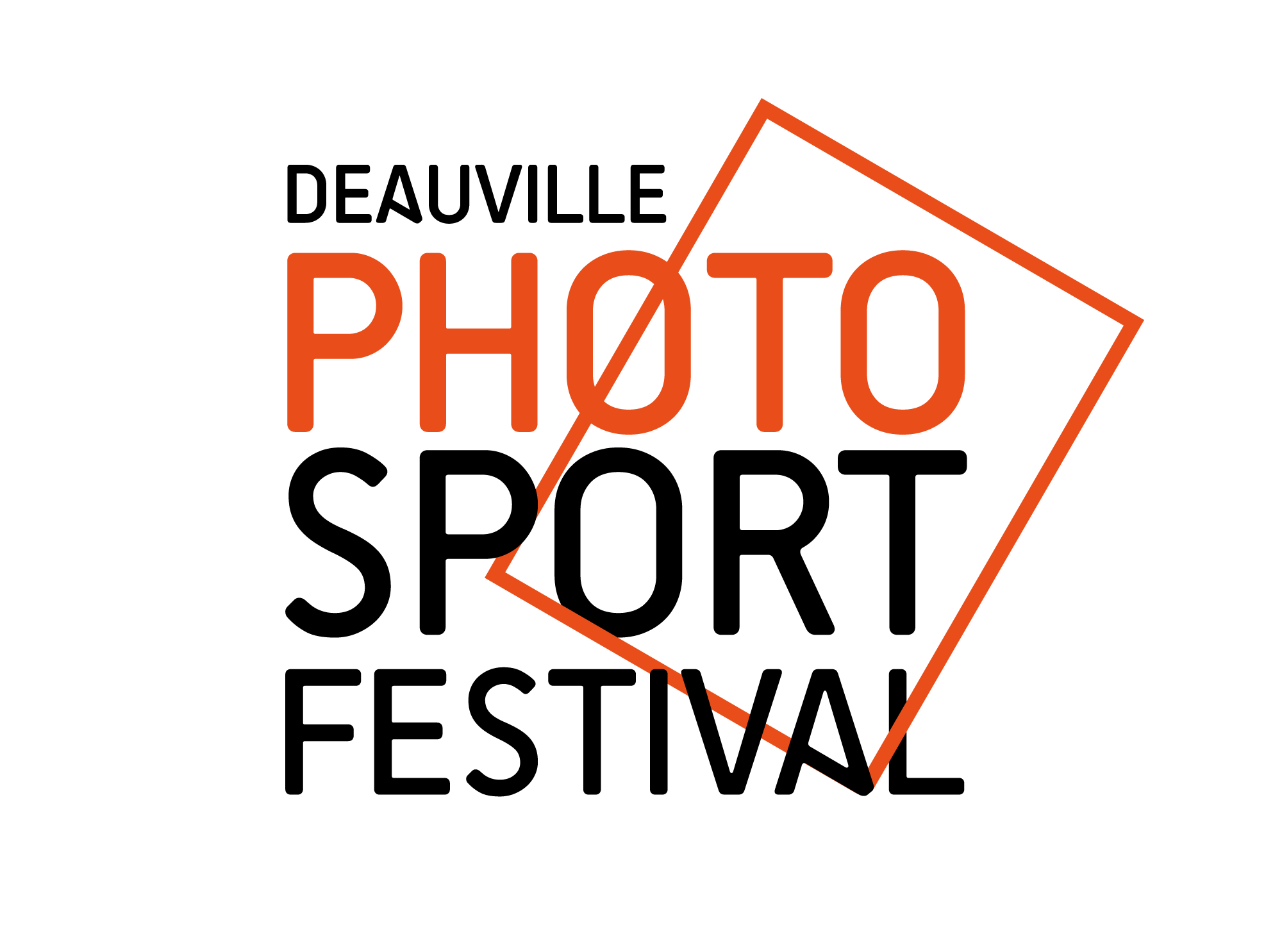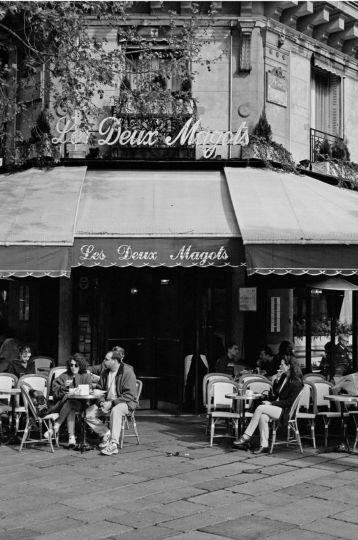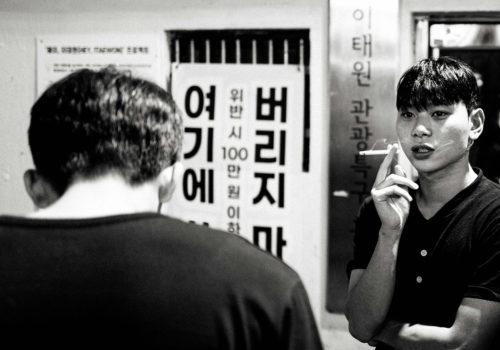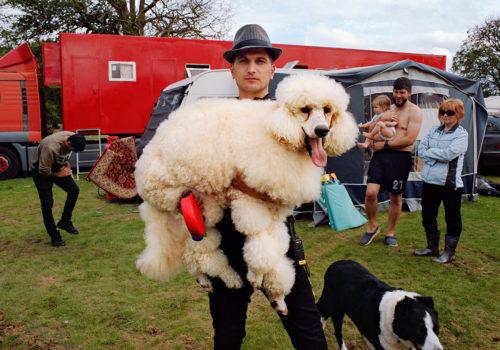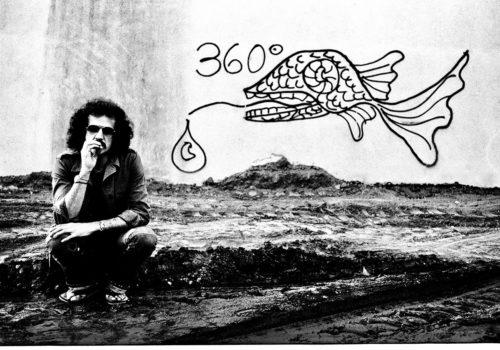With enthusiasm, the David Guiraud Gallery announces the launch of the second exhibition planned as part of the project of eight exhibitions on the male body in the history of photography.
The opening reception will take place on Thursday, May 2nd, and the exhibition will run from May 3rd to June 20th, 2024, at 5 rue du Perche, in the Marais district.
Following the gallery’s initial idea of approaching male nudes produced in the 19th century by thematic category, the exhibition presents sport and the beginnings of physical culture as the fourth theme that allowed the emergence of male representations at that time. The exhibition will also evoke the fifth and final identified theme, science, with a series of chronophotographs by E. Muybridge.
Together, exhibition #2 and exhibition #1 will have presented academicism, eroticism, pornography, sport, and science, thus providing a complete overview of the five themes identified in the 19th century and being the origin of most nudes encountered until the early 20th century.
The Muscular Body
The muscular or athletic body brings together the two types of bodies found in 19th-century photographs. It is the common denominator between the body of the athlete and the body resulting from physical culture because in practice as well as in intentions, the two are distinguished. There is in sport the notion of play, interaction, collective, which is less present, even absent in physical culture, which is not considered a sport until the emergence of Bodybuilding. Physical and muscular development is an indirect consequence of sports practice, which is not its ultimate goal. Conversely, it seems that in physical culture, the development of muscle and body structure is an end in itself.
The athletic, muscular body photographed in the 19th century is just as much the body of an athlete who practices wrestling or weightlifting as it is the body of a man who practices physical culture, an emerging activity but one that became popular at the end of the 19th century.
Wrestling and Strongmen
At the end of the 19th century, professional wrestling was the most popular sport in Europe and was included in the competitions defined by the Olympic Congress, with rules similar to those of Greco-Roman wrestling. Professional wrestling had appeared in France from the 1830s but began to lose popularity from 1900 onwards.
During this period, wrestlers and other athletes who did not have access to elite circles joined the troupes of fairgrounds and circuses that traveled across France. There, they could demonstrate their talents and strength. They were what was then called strongmen and were very often photographed to promote themselves.
Physical Culture and Bodybuilding
At the end of the 19th century, most jobs were found in agriculture and industry, in physical activities that strengthened the body. This is probably why the first encouragements to physical culture were made from the perspective of health and well-being.
In France, Professor Desbonnet was a promoter of physical culture and founded a school in Paris in 1886, emphasizing the health benefits (reduction of obesity, cure for neurasthenia and stomach ailments, general development of body muscles). He also highlighted the strength and beauty that contributed to the general appeal of physical culture. The authorities could only encourage such an initiative, firstly for the reasons mentioned earlier, but also because a muscular and fit man is a good soldier, who can easily carry his weapon and gear.
The German Eugene Sandow (1867-1925) began by performing in circuses for strength demonstrations before being noticed by the great Florenz Ziegfeld and, thanks to him, participating in the Chicago World’s Fair in 1893. Eugene Sandow distinguished himself from his peers by seeking to develop a balanced, proportionate, and aesthetic physique. He enthralled the world by managing to combine beauty, spectacle, and strength. His innovations made him the father of modern bodybuilding and the founder of Bodybuilding as a sport.
German Naturist Sport
Since the mid-19th century in Germany, nudism has emerged under the impetus of a movement related to youth, Lebensreform, advocating a return to nature. The development of this practice led in 1898 to the birth of Freikörperkultur (Free Body Culture) or FKK, which is a true naturist ethic. The nudist accompanies his gesture with a deep reflection on a return to nature, a life in harmony with it, and a break from the industrial and oppressive city.
In the 1920s, the practice of naturism was accompanied by physical activity, for therapeutic and hygienic purposes theorized by Adolf Koch and Marxist movements. The images of Gerhard Riebicke presented in the exhibition illustrate this naturist and athletic phase of the movement. Initially despised by the Nazis who saw it, among other things, as a refuge for homosexuals, the naturist movement was co-opted by party theorists and transformed into a “racial hygiene” and a return to pagan Germanic roots, venerating nature.
The Beginnings of Physical Culture in the USA
In the United States, at this time, the mindset is different. American athletes remain very modest but leave the gymnasiums to engage with photographers, posing for them and bringing forth a style of photography called “athletic art deco,” which is quite specific.
It’s worth remembering that Art Deco is a celebration of modernity, industry, and its progress, and its purpose is to meet the needs of modern life.
The work of Edwin F. Townsend is the perfect illustration of the staging of the athletic model in an Art Deco-inspired composition, which will justify for a future generation the use of athletes and make relevant a photography whose subject is the body and musculature. This generation is that of American Physique Photography, from the 1930s/40s to the 1960s/70s, the subject of future exhibitions by the gallery.
Works Presented by the Gallery
The exhibition offers a set of vintage prints showcasing a boxer, an erotic weightlifter, a gymnast on the rings, amateur wrestlers by Von Gloeden, all representing strong men.
Regarding the major sports of the time, the exhibition presents a rare and exceptional series of portraits of wrestlers who participated in the World Wrestling Championship (probably in Paris in 1899), by the photographer Stanisław J. Ignacy Ostroróg (1863-1929), known as Waléry.
Within the context of physical culture, the exhibition features a portrait signed by Professor E. Desbonnet in 1919 and several prints of the famous Eugene Sandow, the international star.
The gallery also offers a set of prints by G. Riebicke and American “athletic Art Deco” studies from the 1920s/1930s.
Galerie David Guiraud
5, rue du Perche – 75003 Paris
Tuesday / Saturday – 2:30 PM / 7 PM
www.galerie-david-guiraud.com
[email protected]
Information
Galerie David Guiraud
5, rue du Perche, 75003 Paris, France
May 03, 2024 to June 20, 2024

